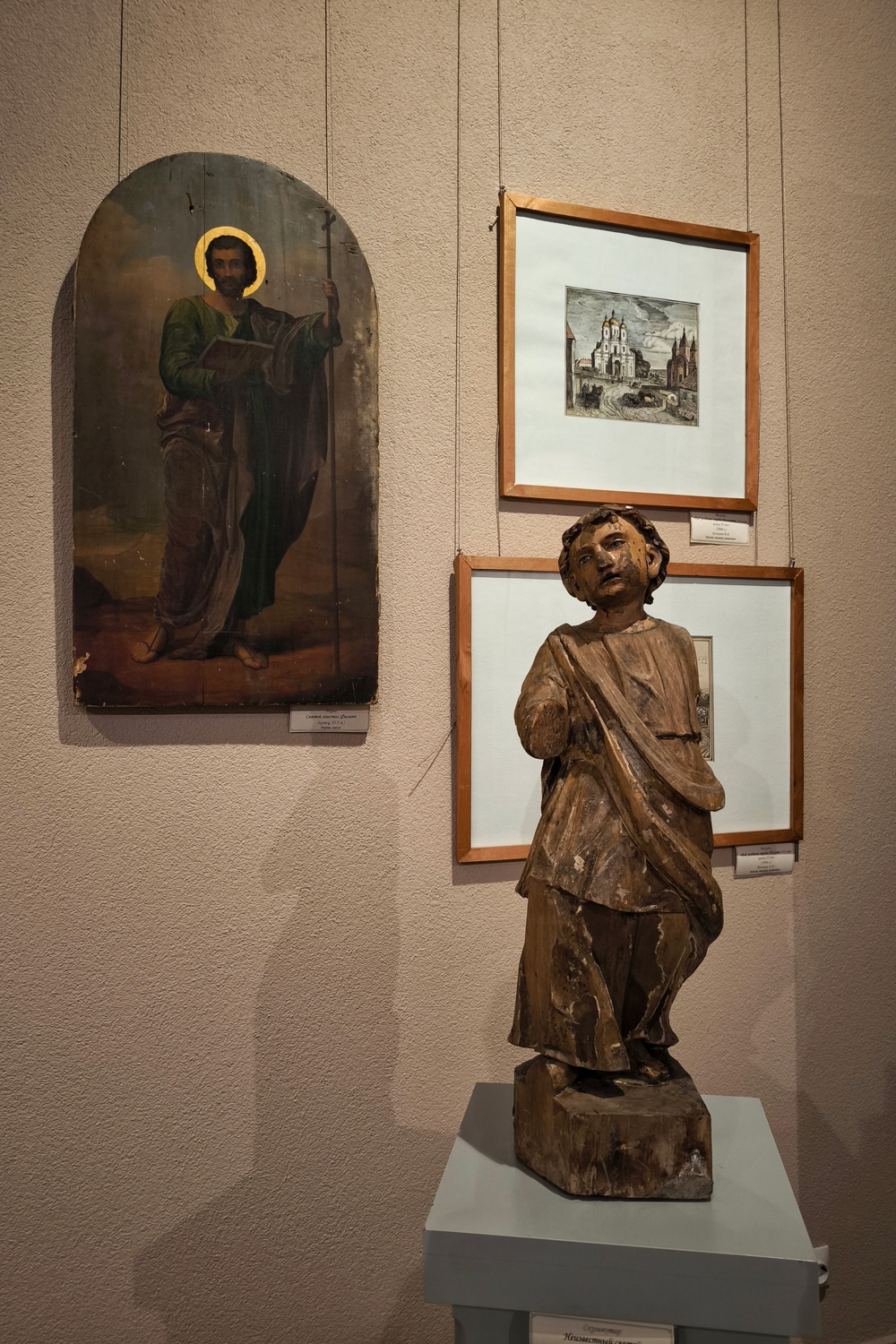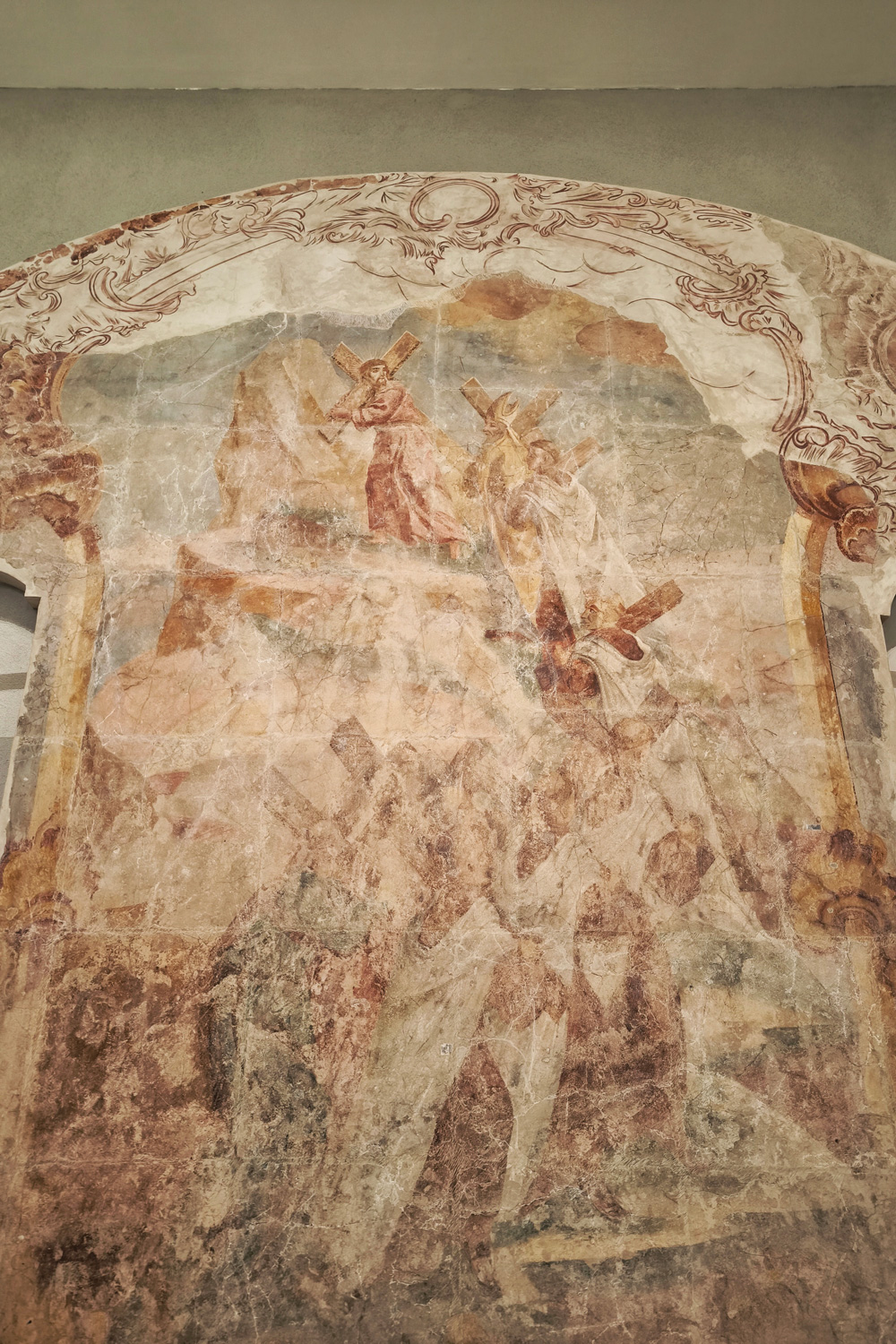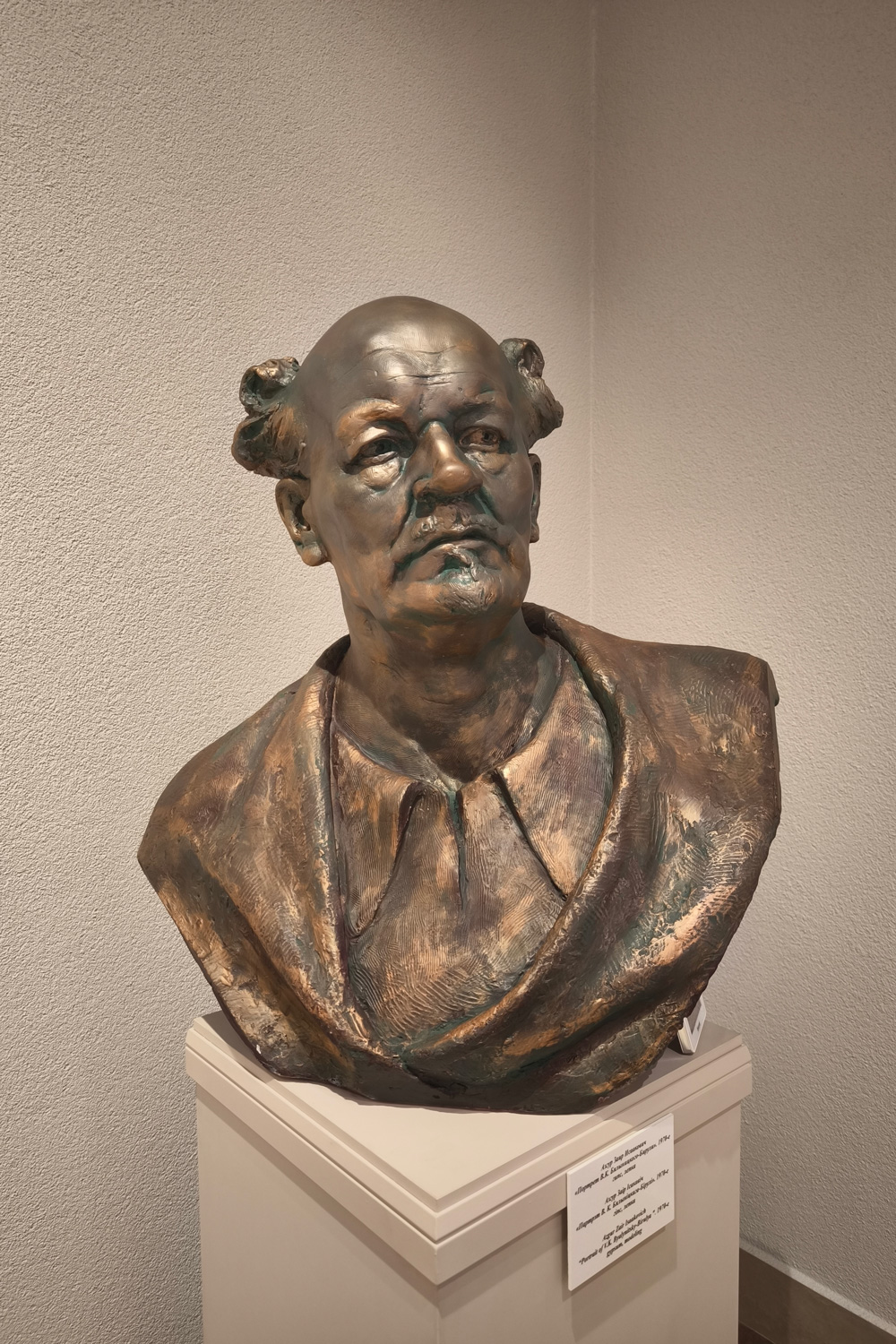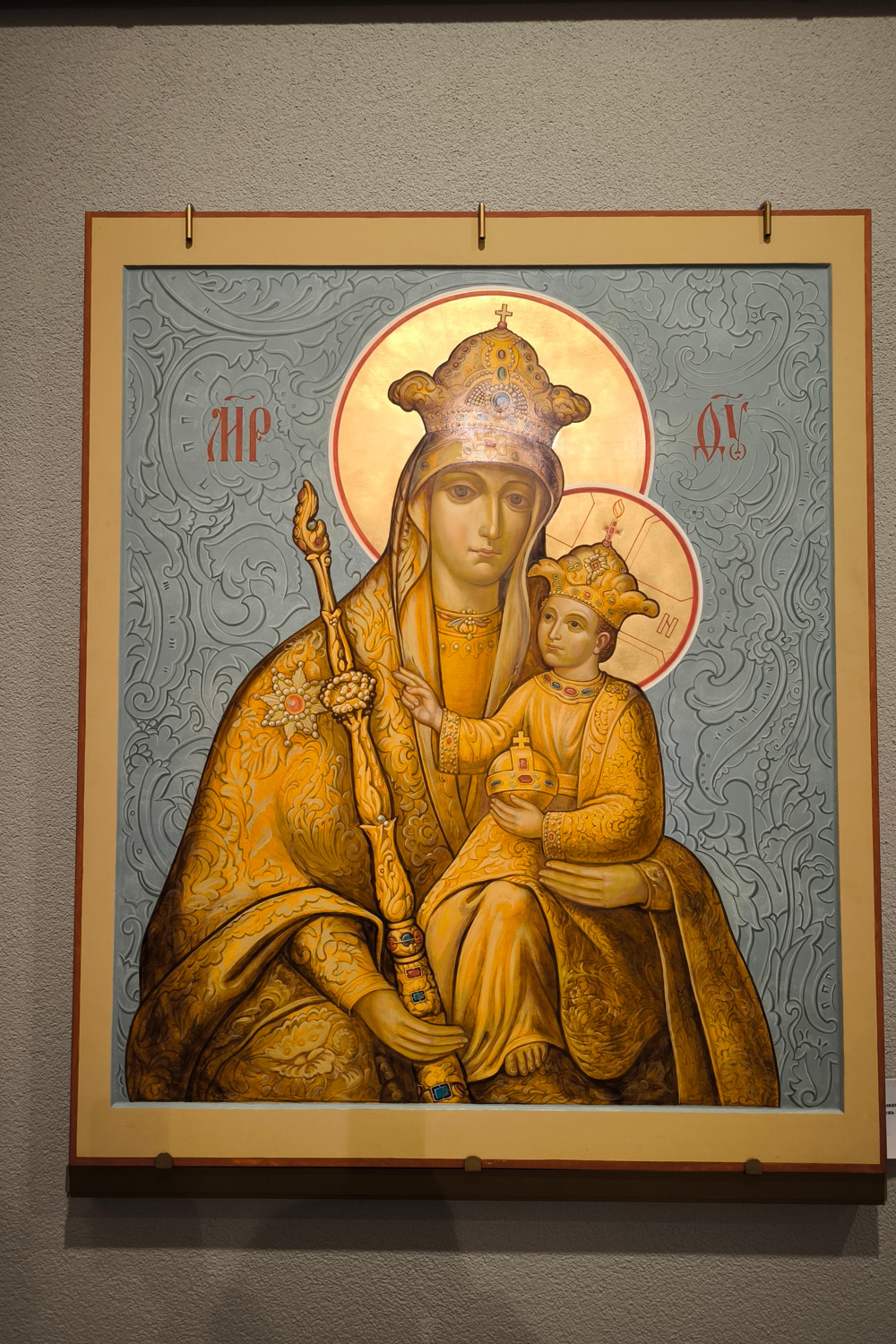Only about ten thousand people live in agritown Belynichi, Mogilev region. But this did not prevent the regional center from receiving the status of cultural capital in 2024. This title is annually awarded to one of Belarusian settlements, which has a rich cultural and spiritual heritage. What is Belynichi famous for?
The famous master of lyrical landscape Witold Byalynitsky-Birulya was born there. Our compatriot achieved widespread recognition at the beginning of the twentieth century. His student work “From the Outskirts of Pyatigorsk” was bought by the famous collector Pavel Tretyakov, and the painting “Hour of Silence” was awarded a gold medal at the international exhibition in Munich. The public appreciated Byalynitsky-Birulya’s paintings for their extraordinary lightness and subtle conveyance of transitional states of nature.
“Not everyone can understand, feel nature, be able to overhear its conversation,” said the artist. He was fortunate to have forged this special connection from a young age. The future master spent his early childhood on his father's estate Krynki on the picturesque bank of the winding Drut. Today there is no trace of it left. The only reminder of the farm is a memorial sign in honor of Vitold Byalynitsky-Birulya.
In the regional center, there is a modern art museum, where you can see more than twenty works by the outstanding landscape painter. These works were created in the 1920-1940s at Chaika country house in Tver region, in Moscow region, Mikhailovskoe, Gorki and other places. They were obtained in the 1970s thanks to the painter’s wife Elena Birula and the director of the State Art Museum of the BSSR Elena Aladova.
The museum has the Byalynitsky-Birulya gallery and the halls which called “Spirituality” and “Historical and Cultural Heritage of the Region”. The exhibitions take the visitor through the centuries from ancient times to present. Guests will find ancient coins from treasures, objects of sacred art and other valuables. You can find out what Belynichi looked several centuries ago using the impressive scale layout of the small town. The pearl of the collection is the fresco “The Ascent to Calvary”. Dating back to the mid-18th century it was miraculously rescued from the Carmelite monastery which was destroyed during the Soviet years.
A separate part of the exhibition is dedicated to the miraculous Belynichi Icon of the Mother of God. Researchers believing that it was created by an unknown master in the first half of the 17th century. Streams of pilgrims flocked to the image and pray with hope to find out the solution to problems and heal the diseases. Nowadays, the icon is known only from numerous revered lists. The fate of the original relic remains unknown.
It is noteworthy that the history of the emergence of the small town is associated with this image. According to legend, several monks from Kiev, after the defeat of the city by the Tatar army, went to look for a new refuge. They took with them an ancient Byzantine icon of the Mother of God. As a result, the travelers stopped on a high hill near Drut, founded a monastery and erected a church. The icon showed miracles: at night it emitted light. That’s why the area was named White Nights (Belye nochi in Russian) or Belynichi. The Mother of God in golden robes with a baby in her arms is depicted on the town’s coat of arms.







